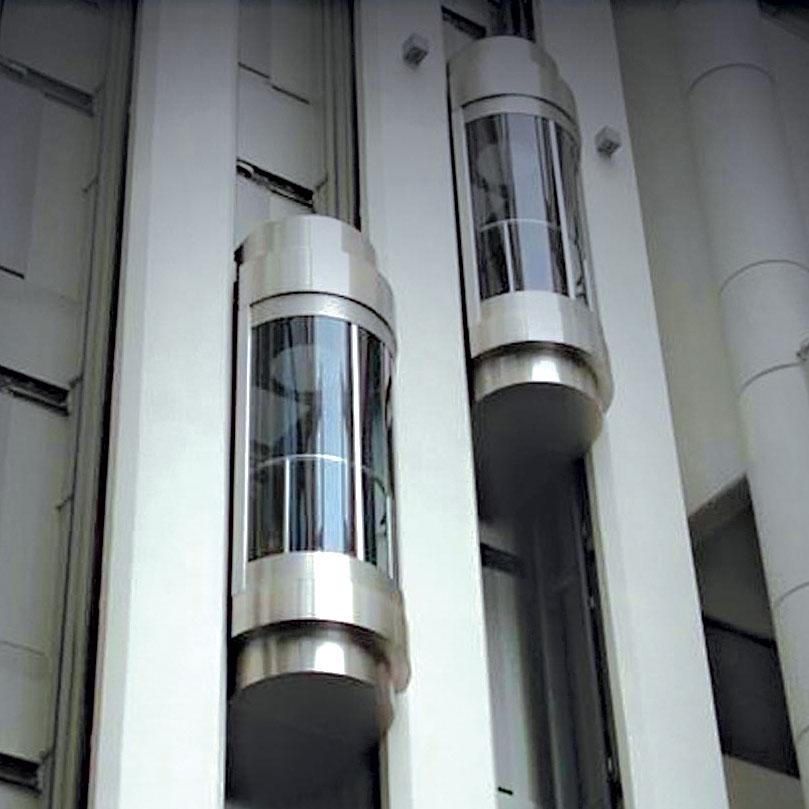Leading Lift Companies in London: Offering Top Quality Installations and Upkeep
Leading Lift Companies in London: Offering Top Quality Installations and Upkeep
Blog Article
Exploring the World of Elevators: Usual Problems Faced by Numerous Lift Systems
As we navigate through the upright transportation systems of modern structures, elevators attract attention as an essential component of our lives. However, behind their smooth operation lies a globe of detailed systems that can sometimes come across challenges. From hydraulic lifts to grip systems and machine-room-less designs, each lift kind includes its set of common concerns. Understanding these difficulties is essential for making certain the smooth performance of these essential systems. Let's discover the complexities that underlie the operation of lifts and the possible concerns that can occur, shedding light on the elaborate internet of lift systems.
Hydraulic Lifts
Hydraulic lifts, typically favored for low-rise buildings, utilize fluid pressure to manage the motion of the lift auto (lift repair companies). This mechanism includes a hydraulic pump pushing oil into a cyndrical tube, triggering the lift to relocate in the wanted direction. While hydraulic elevators are known for their smooth and quiet operation, they do come with their own collection of typical issues
One prevalent problem with hydraulic lifts is oil leakage. The seals in the hydraulic system can wear with time, leading to oil seepage. If left unaddressed, this not only produces a mess but can also affect the elevator's efficiency. In addition, concerns with the control system, such as damaged shutoffs or a malfunctioning pump, can trigger interruptions in the elevator's motion.
Normal maintenance and prompt repairs are important to guarantee the smooth functioning of hydraulic lifts. By attending to these typical issues proactively, structure owners can decrease downtime and guarantee the safety and security and performance of their upright transportation system.
Grip Lifts
When thinking about vertical transport systems in structures, another usual type besides hydraulic elevators is the grip elevator. Grip elevators run utilizing a system of ropes and counterweights that relocate the lift auto by clutching onto the hoist ropes. This mechanism enables for smoother and faster upright transportation contrasted to hydraulic systems.
One of the usual issues encountered by traction lifts is rope wear. The constant motion of the ropes within the traction system can bring about use and tear in time, possibly causing the lift to breakdown or end up being risky for usage. Regular examinations and maintenance of the ropes are vital to ensure the elevator's correct functioning and safety and security.
Another problem that grip lifts may come across is associated with the control system. Troubles with the control system can lead to problems such as irregular activity, delays in reaction times, or even complete shutdowns. Normal screening and maintenance of the control system are important to stop such issues and guarantee the elevator's dependability.
Machine-Room-Less (MRL) Elevators

One of the vital elements of MRL lifts is the small gearless traction maker that is installed within the hoistway. This maker effectively drives the elevator car without the requirement for bulky devices found in standard traction elevators. Furthermore, MRL elevators commonly utilize a weight system to balance the auto, more improving their energy effectiveness.
Despite their advantages, MRL elevators might encounter challenges connected to repair and maintenance because of the restricted room for equipment installment. Access for servicing components within the shaft can be limited, needing specialized training for technicians. Proper maintenance schedules and routine inspections are important to make sure the ongoing smooth procedure of MRL lifts.
Overloading and Weight Restriction Issues
Overloading and weight limit concerns are crucial issues in elevator procedures. Lift makers style lifts with details weight capabilities to guarantee passenger security and devices longevity.
When lifts are overwhelmed, it puts too much stress on the motor, wires, and other parts, potentially causing breakdowns or breakdowns. Security mechanisms such as sensing units and overload sensors remain in location to avoid lifts from moving if they detect excess weight. Furthermore, going beyond weight limitations can try these out result in increased power consumption and deterioration on the lift system.
To reduce straining problems, constructing supervisors should plainly present weight limitations in lifts and educate passengers on the relevance of adhering to these limitations - lift repair companies. Regular upkeep checks by qualified professionals can also assist make sure that lifts are running within secure weight criteria. By dealing with overloading and weight limit problems proactively, structure proprietors can enhance elevator security and effectiveness
Electrical System Failures
Going beyond weight restrictions in lifts can not just lead to mechanical problems but also potentially contribute why not find out more to electrical system failures within the lift framework. Electric system failures are an important worry in elevator operation, as they can create unexpected shutdowns, breakdowns, or even safety hazards.
Routine upkeep and evaluations are critical to determine and deal with potential electrical problems without delay, guaranteeing the reliable and safe operation of elevator systems. By adhering to weight restrictions and carrying out regular electric system checks, building owners can minimize the threat of electric failures in elevators.
Verdict

Hydraulic elevators, often liked for low-rise buildings, use fluid pressure to manage the activity check out this site of the elevator auto.When taking into consideration upright transport systems in structures, another typical kind aside from hydraulic elevators is the grip lift. Traction elevators run using a system of ropes and weights that relocate the elevator cars and truck by gripping onto the hoist ropes. Unlike conventional lifts that need a separate machine room to house the devices, MRL lifts integrate most of the elements within the shaft, removing the need for a specialized machine room.In final thought, lifts encounter common problems such as hydraulic breakdowns, grip system failings, and electric system issues.
Report this page